A.1. Sauce can transform an ordinary dish into something extraordinary, but only when used correctly. Many home cooks and even restaurant chefs make simple mistakes that turn this iconic condiment into a meal disaster.
Let’s uncover the most common A.1. Sauce blunders that might be sabotaging your culinary creations and how to fix them.
1. Drowning Your Steak
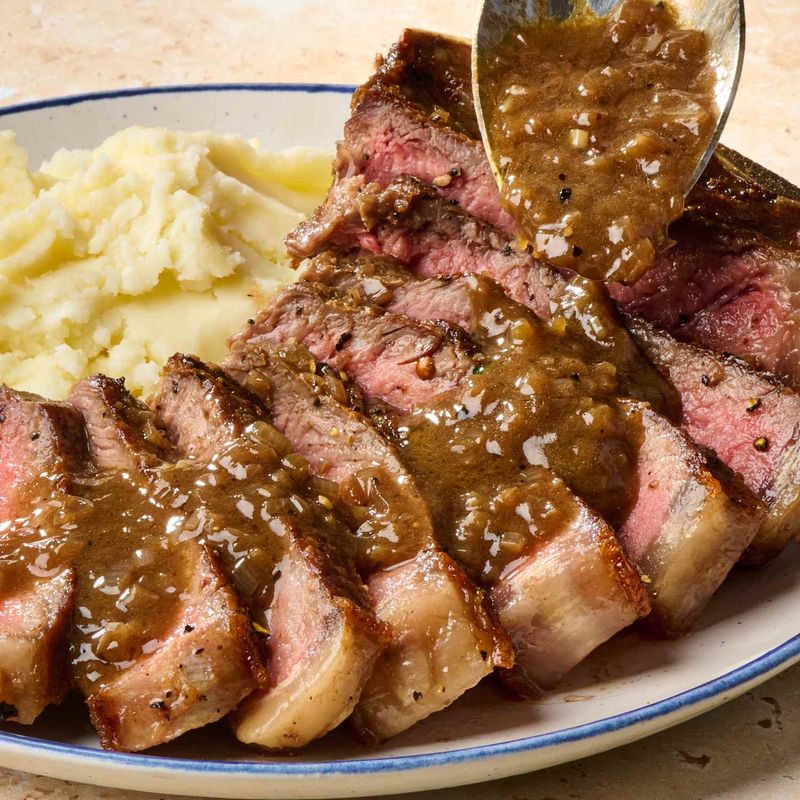
Whoa there, sauce enthusiast! Completely submerging your beautiful ribeye under a tsunami of A.1. is like wearing a raincoat in the shower—utterly pointless.
Quality meat deserves respect, not a flavor flood that masks its natural taste. Try drizzling just a teaspoon on the side instead, allowing each bite to be customized to your liking.
2. Using Cold Sauce Straight From The Fridge

Ever bitten into a warm steak topped with ice-cold A.1.? Talk about temperature shock! Cold sauce on hot food creates an unpleasant sensory experience that ruins both elements.
Let your sauce reach room temperature before serving, or better yet, warm it slightly. This simple step ensures flavors meld harmoniously rather than fighting each other.
3. Adding It Too Early While Cooking
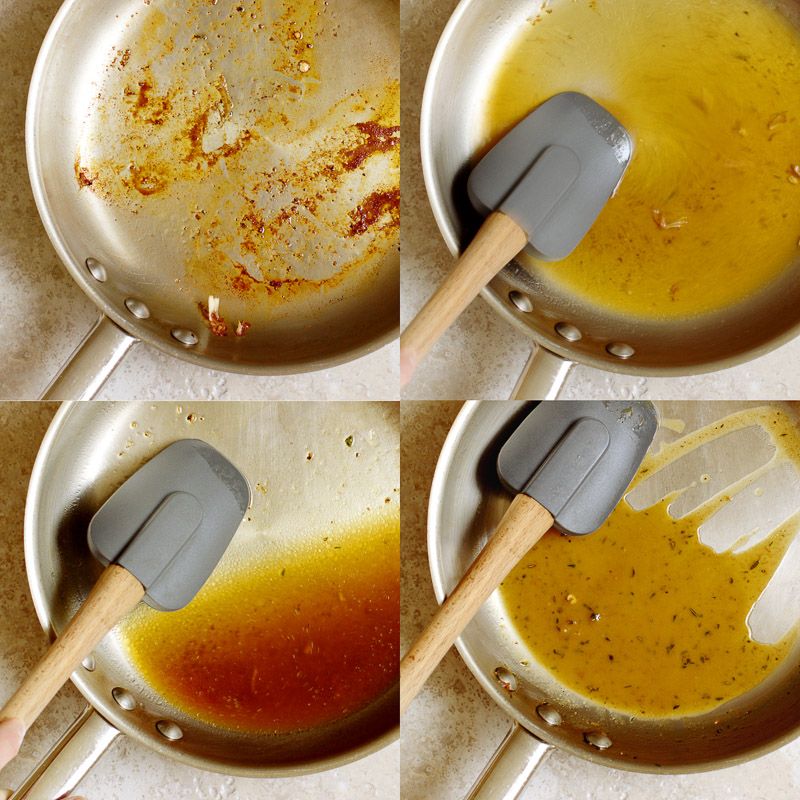
Yikes! Introducing A.1. too early in the cooking process is a rookie move. The heat breaks down those complex flavors and caramelizes the sugars—not in a good way.
A.1. works best as a finishing touch or table condiment. If you must cook with it, add it during the final minutes to preserve its distinctive tang and prevent that burnt, bitter aftertaste.
4. Ignoring Expiration Dates
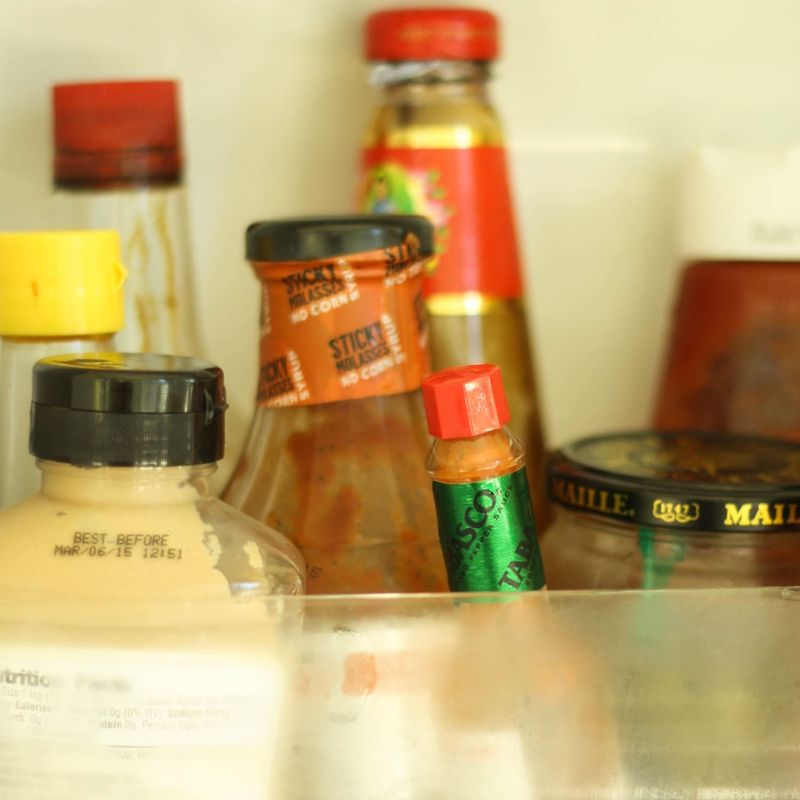
That dusty A.1. bottle hiding in your pantry since Obama’s first term? Toss it! Though vinegar-based sauces have impressive shelf lives, they don’t last forever.
Expired A.1. develops off-flavors and loses its punchy character. Check the date stamp and if the sauce has darkened significantly or smells funky, it’s time for a fresh bottle.
5. Mixing With Incompatible Foods
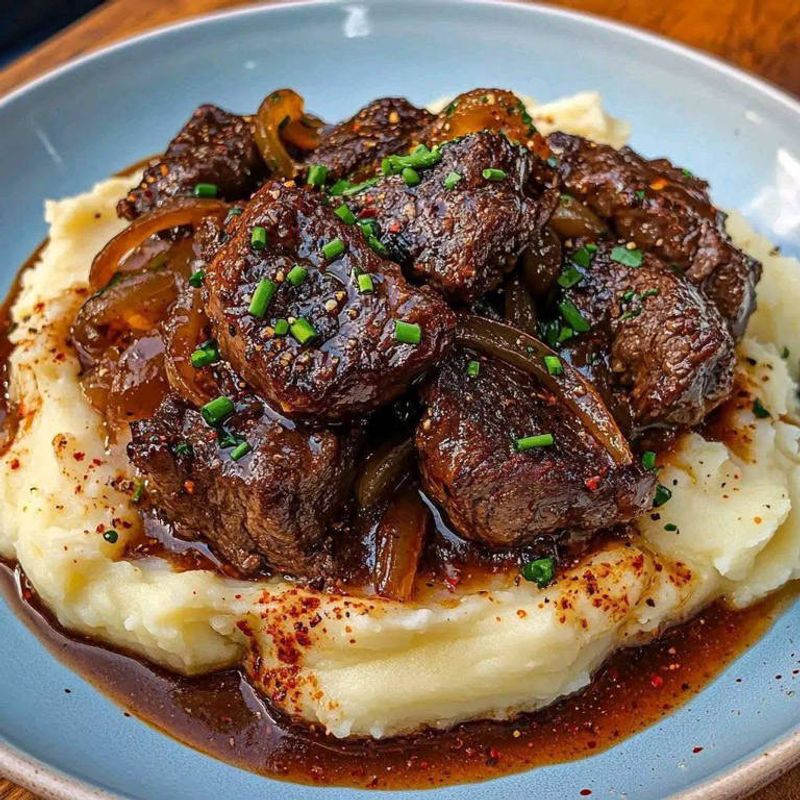
A.1. and vanilla ice cream? Hard pass! Though adventurous pairings sometimes work, this robust sauce contains tamarind, raisins, and spices that clash catastrophically with certain foods.
Stick to beef, pork, and hearty vegetables that can stand up to its bold profile. Save delicate fish, desserts, and light dishes for more appropriate condiment companions.
6. The Cross-Contamination Catastrophe
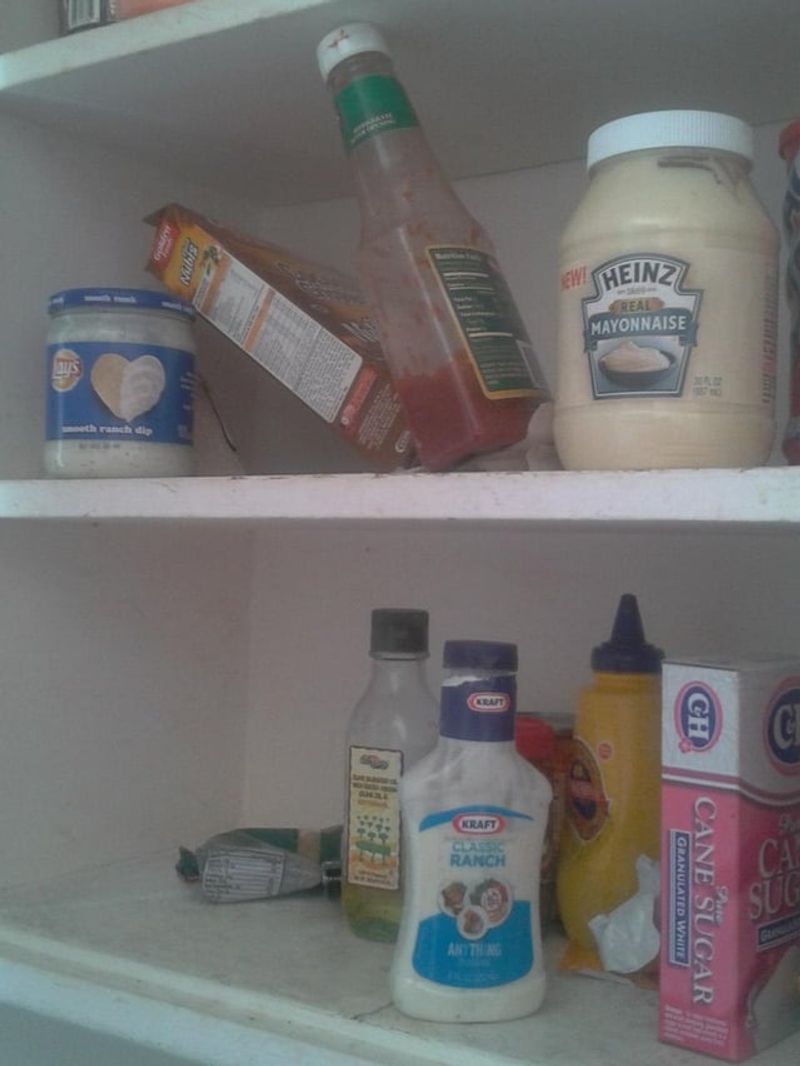
Double-dipping that sauce-covered knife back into the A.1. bottle? Eww! This unsanitary habit introduces bacteria and food particles that can spoil your sauce prematurely.
Always pour what you need into a separate dish first. This simple step keeps your bottle fresh longer and prevents that weird crusty buildup around the cap. Your future meals will thank you!
7. Neglecting Creative Marinades
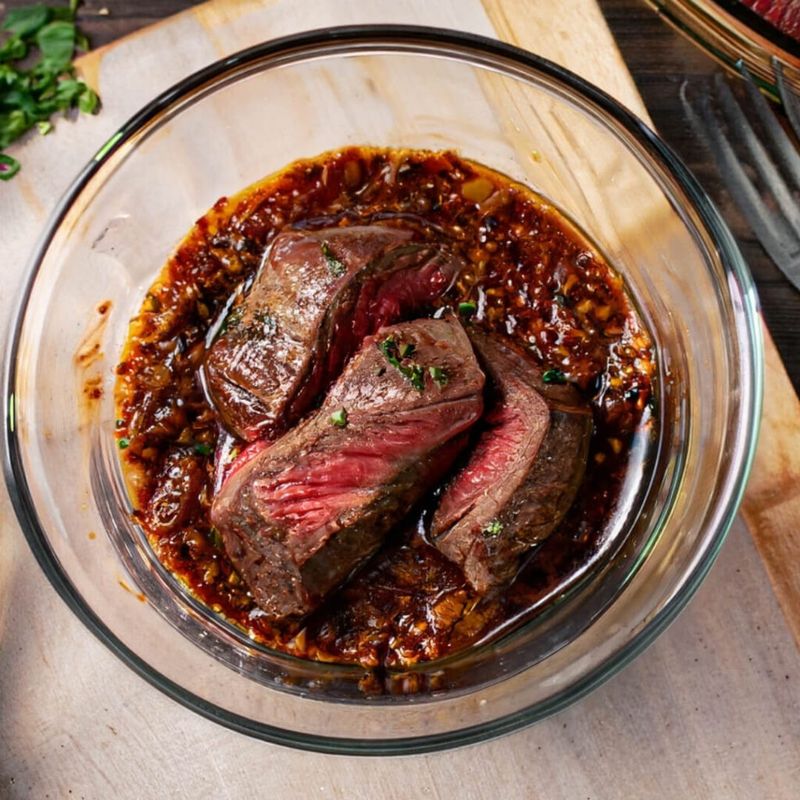
Holy missed opportunities! A.1. makes a spectacular marinade base, yet countless cooks limit it to mere table service.
Mix it with olive oil, garlic, and herbs for a tenderizing overnight soak that infuses meat with incredible flavor. The vinegar content naturally breaks down tough proteins while the spices penetrate deeply. Share your A.1. marinade successes!
8. Storing It Improperly

Leaving your A.1. bottle baking in sunny window displays? Flavor suicide! Heat and light degrade the sauce’s quality faster than you can say “well-done steak.”
After opening, A.1. belongs in the refrigerator, not the pantry or tabletop. Cool, dark storage preserves those complex flavors and extends shelf life substantially. Don’t let good sauce go bad!
9. Overlooking Homemade Variations
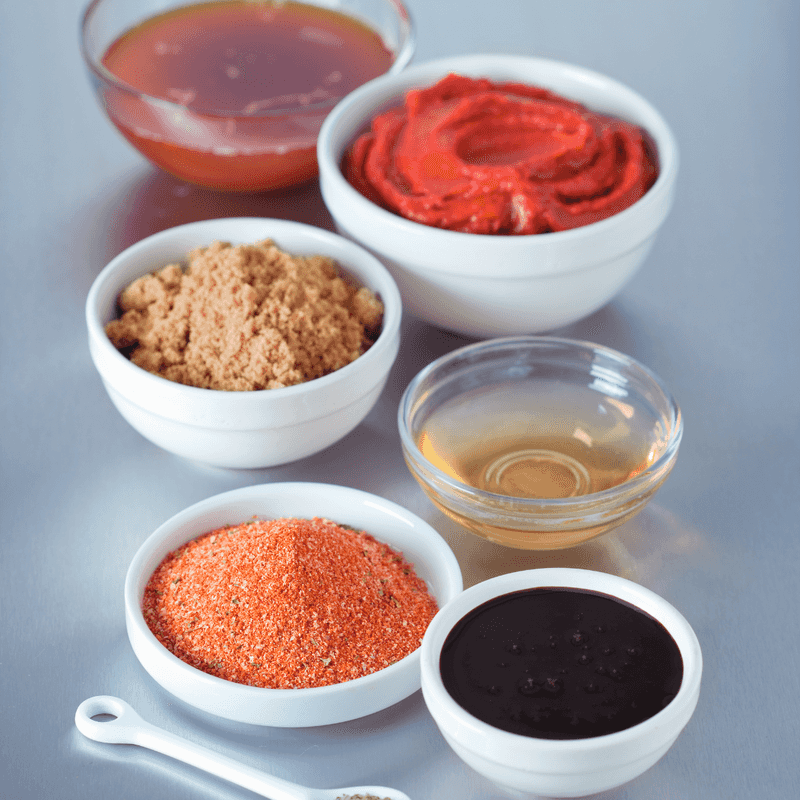
Gasp! You’ve never tried customizing your A.1.? What a shame! The bottled classic serves as an excellent foundation for personalized sauce creations.
Try adding horseradish for extra kick, honey for sweetness, or bourbon for sophisticated depth. Experimenting with your own signature A.1. blend might just become your secret kitchen superpower. Who knows? Your friends might beg for the recipe!
10. The Excessive Dipping Dilemma
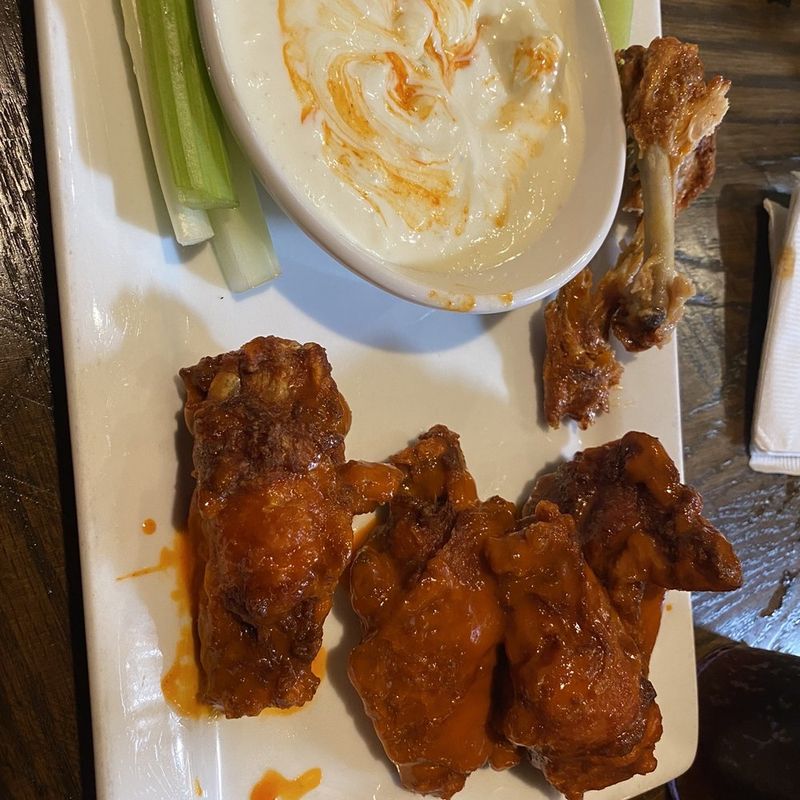
Filling half your plate with an A.1. lake for occasional french fry dips? What a waste! Besides being economically foolish, excess sauce overwhelms your palate and diminishes appreciation for the food itself.
Start with a tablespoon and add more if needed. This measured approach respects both the condiment and your meal, ensuring neither goes underappreciated.
11. Using It As Ketchup Substitute
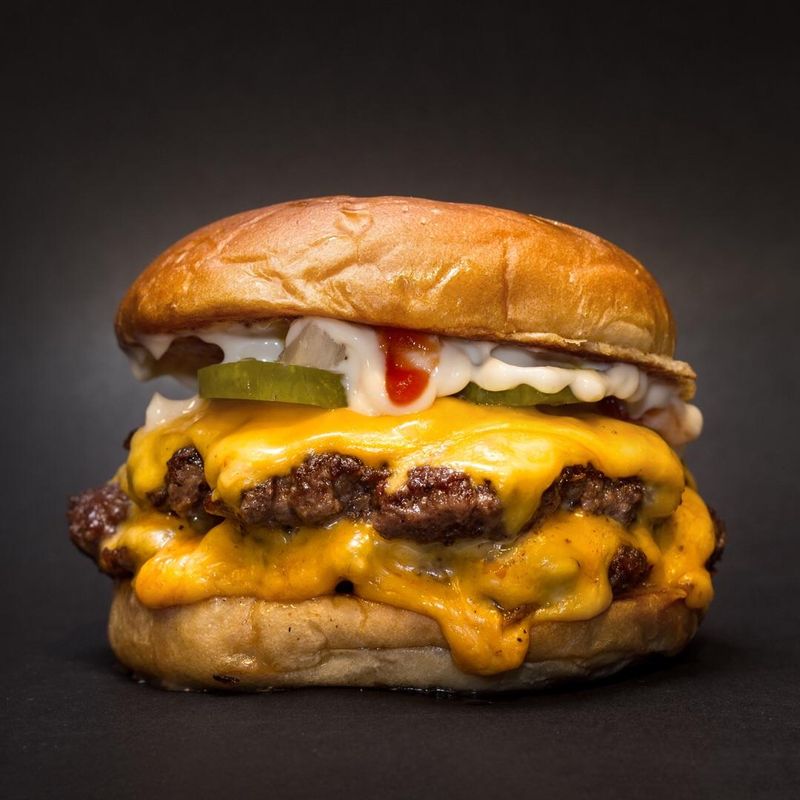
Hold up! Slathering A.1. on your burger as a ketchup stand-in? While both are tomato-based, they serve entirely different purposes in the flavor universe.
A.1.’s complex, robust profile overpowers delicate toppings and complementary condiments. Appreciate each sauce for its unique qualities rather than forcing one to play another’s role. Different condiments exist for good reason!
12. Mismatching With Wine Pairings
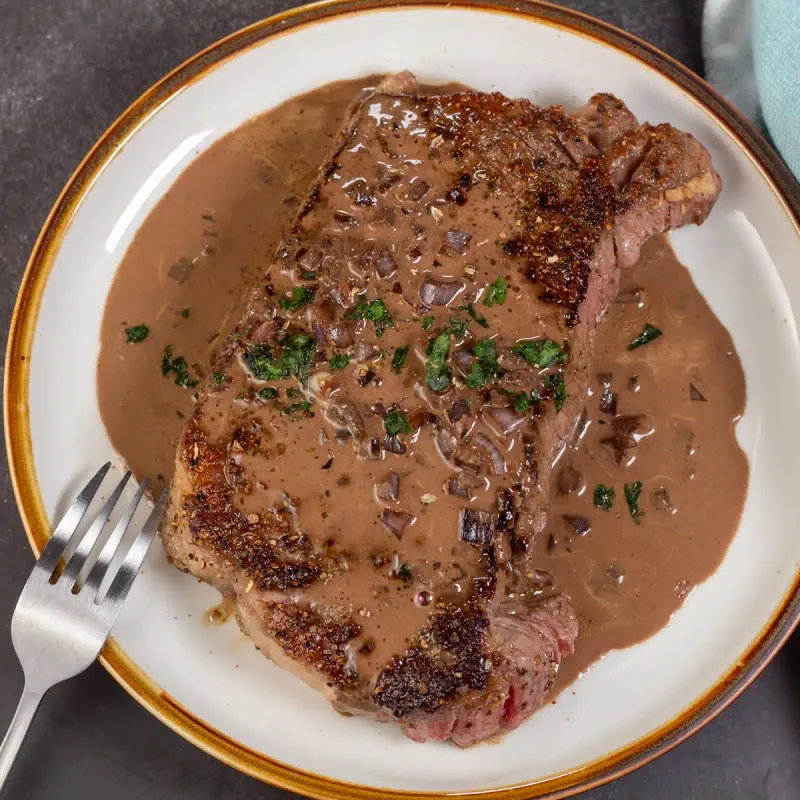
Ouch! Serving that delicate Pinot Noir with your A.1.-dressed steak creates a flavor clash of epic proportions. The sauce’s potent profile obliterates subtle wine notes faster than you can say “vinaigrette.”
Choose robust reds like Cabernet Sauvignon or Syrah that can stand up to A.1.’s boldness. Proper pairing ensures neither your sauce nor your wine investment goes unappreciated.
13. Forgetting Its Versatility Beyond Beef
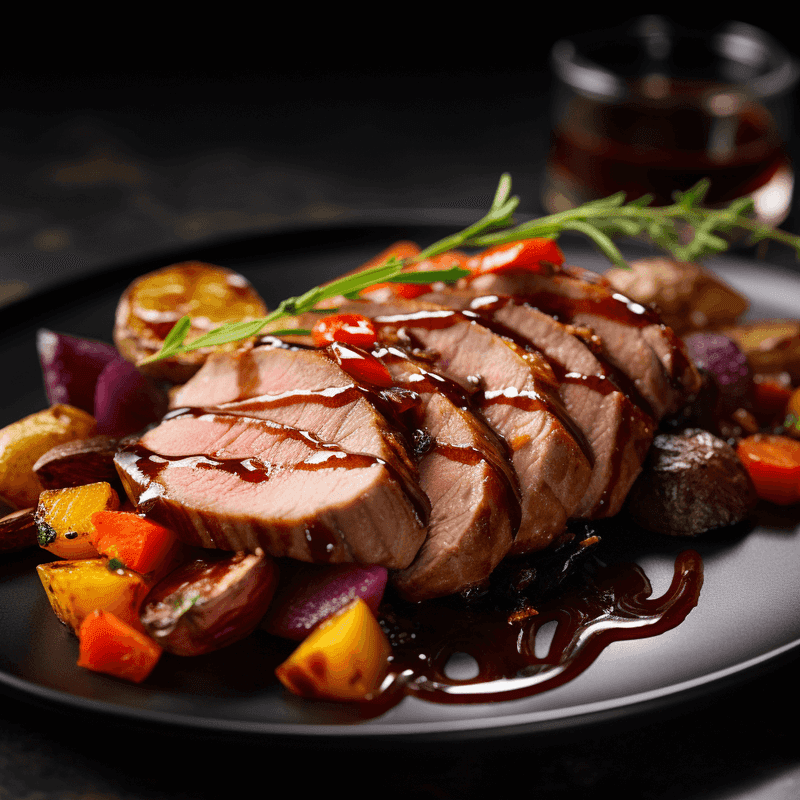
Wait—you’ve only used A.1. on steak? Mind = blown! This versatile sauce shines on pork chops, roasted mushrooms, and even scrambled eggs for the adventurous palate.
Try it as a glaze for roasted vegetables or mixed into meatloaf. The umami-rich profile enhances countless dishes beyond the traditional steak application. Expand your A.1. horizons today!
14. Ignoring The Ingredient List
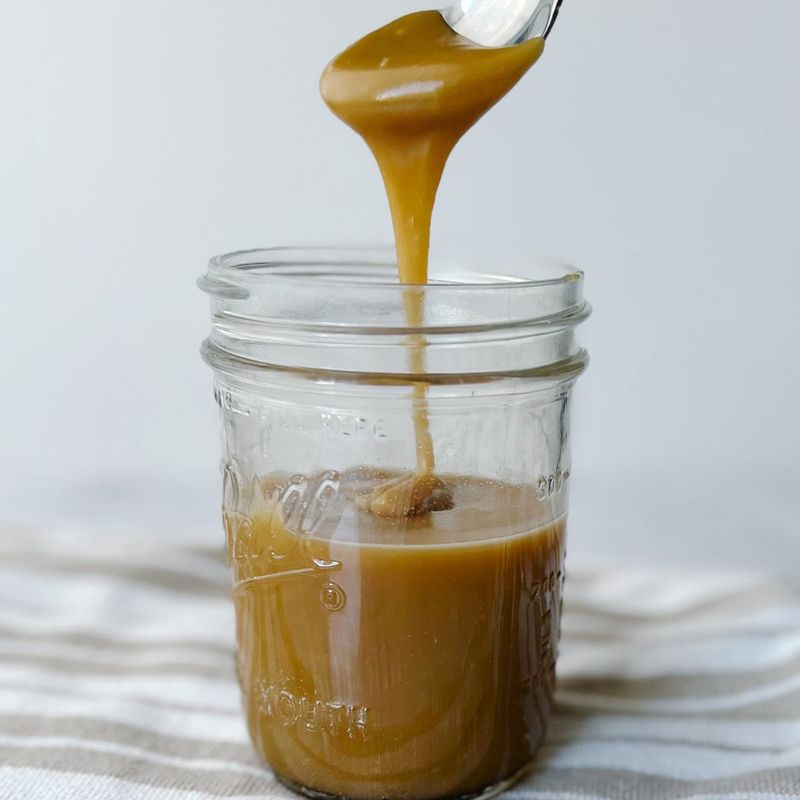
Surprise! A.1. contains raisins, crushed orange, and even anchovies—ingredients that might clash with certain dietary restrictions or preferences.
Always check the label if you have allergies or follow specific diets. This awareness prevents unfortunate reactions and helps you understand why the sauce interacts with foods in particular ways. Knowledge is flavor power!
15. The Heavy-Handed Pour

Whoa there, sauce enthusiast! Applying A.1. with all the subtlety of a firehose drowns out the very flavors you’re trying to enhance.
Master the art of the drizzle—a thin stream zigzagged across your protein provides perfect distribution. This technique ensures every bite gets just enough sauce without overwhelming the main attraction. Less is more!

